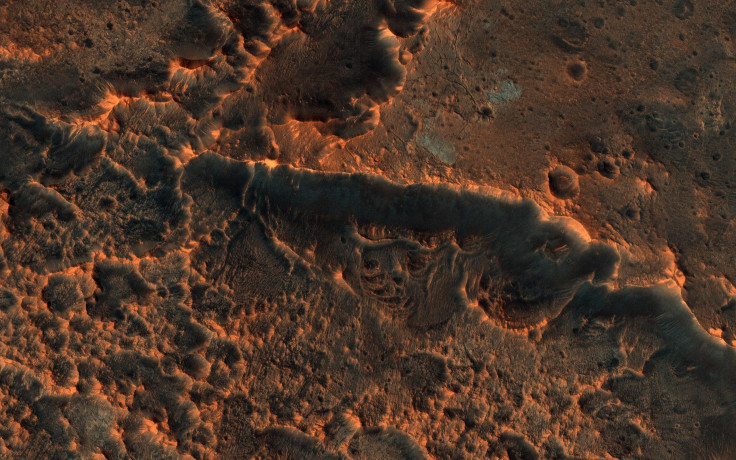Claims Of Insects On Mars Are Harmful To Search For Life, Experts Say

It was only recently when scientist William Romoser, a professor emeritus of arbovirology and entomology at Ohio University, presented several photographs taken by NASA ’s Mars rovers, claiming that they contained images of insects and reptile-like creatures living on the Red Planet.
“There has been and still is life on Mars,” Romoser said in a statement from the university. “There is apparent diversity among the Martian insect-like fauna which display many features similar to Terran insects that are interpreted as advanced groups — for example, the presence of wings, wing flexion, agile gliding/flight, and variously structured leg elements.”
Romoser's claim, which he presented at the national meeting of the Entomological Society of America, naturally drew the attention of many, from members of the public to other scientists. However, experts such as David Maddison of Oregon State University say that the supposed insects and reptile-like creatures on the images are likely a result of pareidolia, the phenomenon when people see patterns in random data even when there is none.
According to Nina Lanza of the Los Alamos National Laboratory, it is easy to find patterns in images, but that it is not a good way to conduct these kinds of assessments.
As it happens, it was also only recently when UFO experts claimed to find a giant statue of a humanoid from the images taken by the Mars Curiosity rover in 2016.
Reports claiming to find evidence of life-based on figures on photographs are not new, but they often grab the attention of the public. The problem is that such reports often cause a stir because it is not always easy for members of the public to discern which ones are real and which ones are fake or perhaps simply mistaken.
In this case, the trouble is that Romoser had presented his findings at a conference and even released a statement via the university. In a way, these types of claims make it a little bit more difficult to discern the facts.
“When we have this kind of sensationalist headline, it's really hard for the public to know whether or not this is true,” Lanza told Space.com. “It seems legitimate, it's coming from Ohio University, these are real institutions and so … when we actually find something on Mars and beyond, if we do that, it will be less of an impact … people keep hearing 'we've already found life on Mars.”
On the flip side, it might make it difficult for citizen scientists to be heard when their actual discoveries are not as sensational or groundbreaking.
So far, NASA has denied Romoser's claims, stating the current consensus among the scientific community is that the surface of Mars is not suitable for complex life.
© Copyright IBTimes 2025. All rights reserved.






















